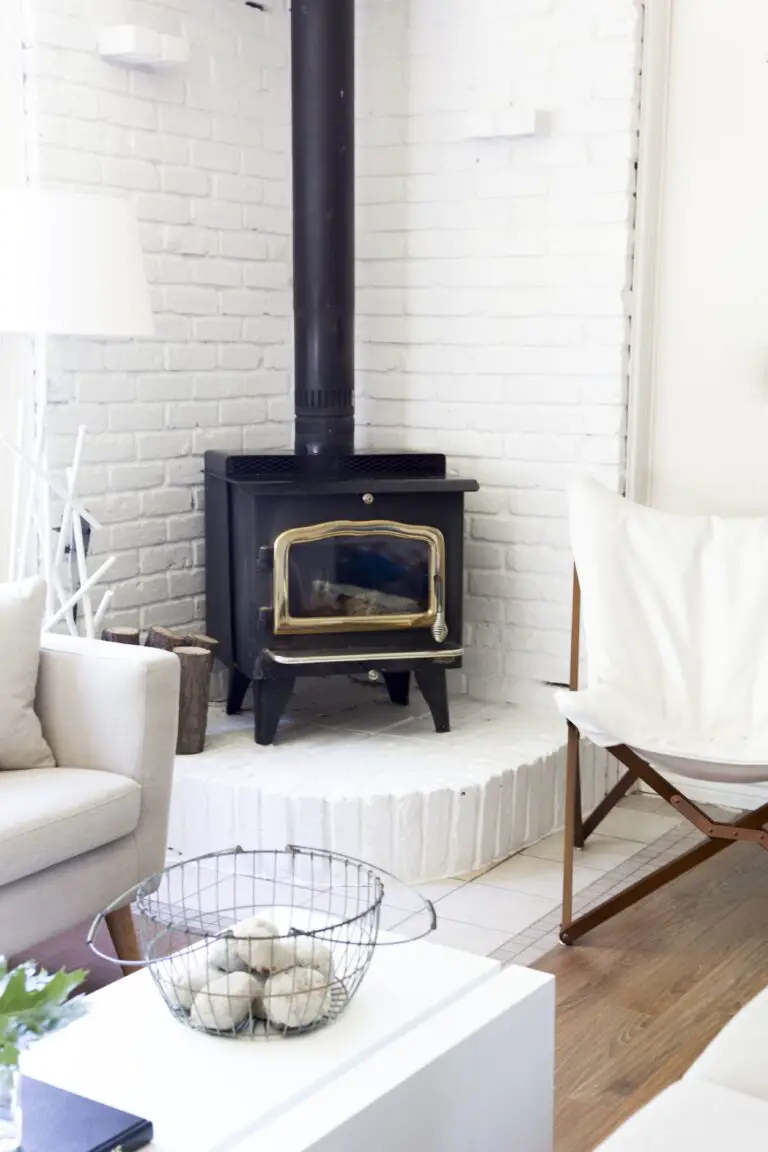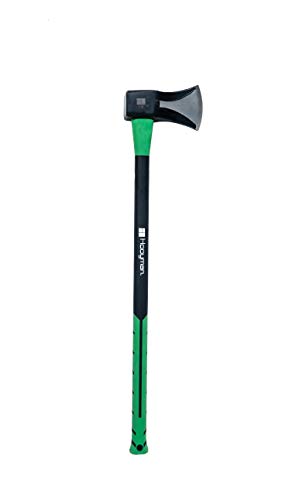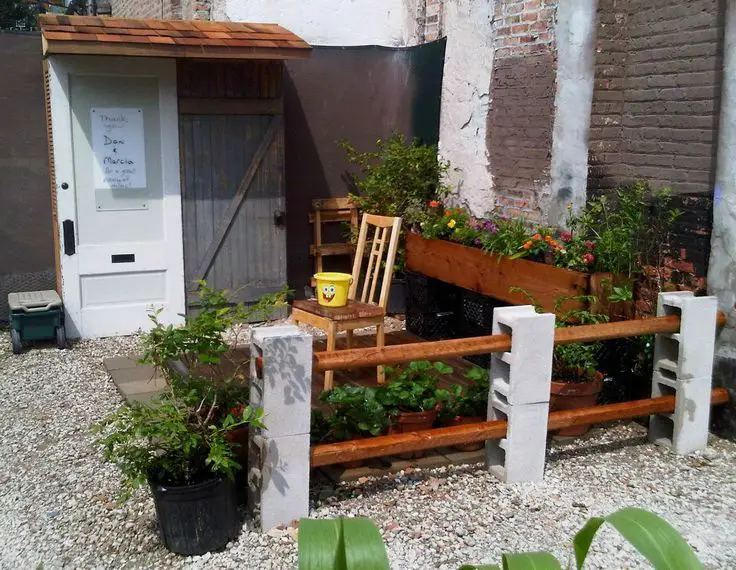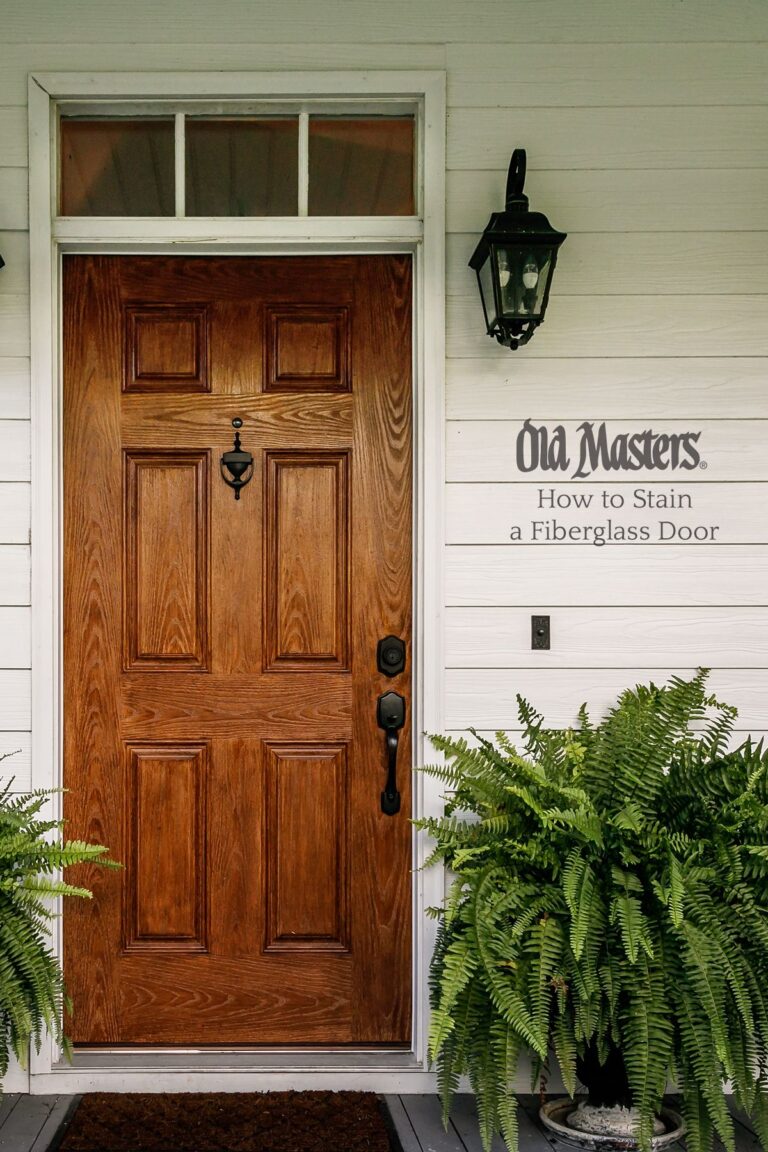Which Direction Should Wood Floors Run: Optimal Wood Flooring Orientation
When it comes to installing wood floors, one of the most common questions that homeowners and interior designers face is which direction the wood flooring should run. While it may seem like a small detail, the direction of your wood flooring can have a significant impact on the overall look and feel of a space. In this article, we’ll explore the various factors to consider when deciding on the direction of your wood floors.
Factors to Consider
There are several factors to take into account when determining the direction in which to lay your wood flooring. These include:
- Room Shape and Size: The shape and size of the room can play a significant role in determining the best direction for your wood floors. Longer rooms may benefit from having the flooring run parallel to the longest walls, while square rooms might look best with the boards running diagonally.
- Natural Light: Consider the direction of natural light in the room. If the room gets a lot of natural light from a particular direction, you may want to run the flooring perpendicular to the light source to minimize the appearance of seams and create a more visually appealing space.
- Architectural Features: Take into account any architectural features in the room, such as doorways, staircases, or built-in elements. The direction of the wood flooring should complement these features and create a cohesive look throughout the space.
- Traffic Flow: The direction of the wood flooring can also impact the flow of traffic within the room. Consider how people will move through the space and how the flooring direction can enhance or detract from the overall functionality of the room.

Credit: m.youtube.com
Popular Wood Floor Directions
There are a few common directions in which wood flooring is often installed:
| Direction | Advantages |
|---|---|
| Parallel to the longest wall | Creates a sense of length in the room |
| Perpendicular to floor joists | Provides added structural support |
| Diagonal to the walls | Visually expands the space and adds interest |
Personal Preference and Visual Impact
Ultimately, the direction in which you choose to run your wood floors will depend on personal preference and the visual impact you want to achieve. Some homeowners may prioritize a sense of spaciousness, while others may prefer a more unique and visually striking layout.
Consider experimenting with different wood floor directions using visualization tools or consulting with a professional flooring installer to see which option best complements your space and aligns with your design goals.
Frequently Asked Questions Of Which Direction Should Wood Floors Run: Optimal Wood Flooring Orientation
Q: What Is The Best Direction For Wood Floors?
A: Wood floors should run perpendicular to the longest wall in the room for a visually appealing look and to enhance the feeling of spaciousness.
Q: Why Does Wood Floor Direction Matter?
A: The direction of wood floors impacts the perception of room size and flow, enhancing aesthetic appeal and property value.
Q: Can Wood Floor Direction Affect Natural Light?
A: Yes, it can. The direction of wood floors can influence the way natural light reflects, creating a brighter, more inviting space.
Q: How Does The Direction Of Wood Floors Impact Pattern?
A: The direction can accentuate or minimize the patterns in the wood, affecting the overall visual effect and style of the room.
Conclusion
Choosing the direction in which to lay your wood floors is an important decision that can greatly influence the overall look and feel of a room. By taking into account factors such as room shape, natural light, architectural features, and traffic flow, you can select a wood floor direction that enhances the aesthetic appeal and functionality of your space. Whether you opt for a traditional parallel layout or a more dramatic diagonal installation, the right wood floor direction can elevate the design of your home.






